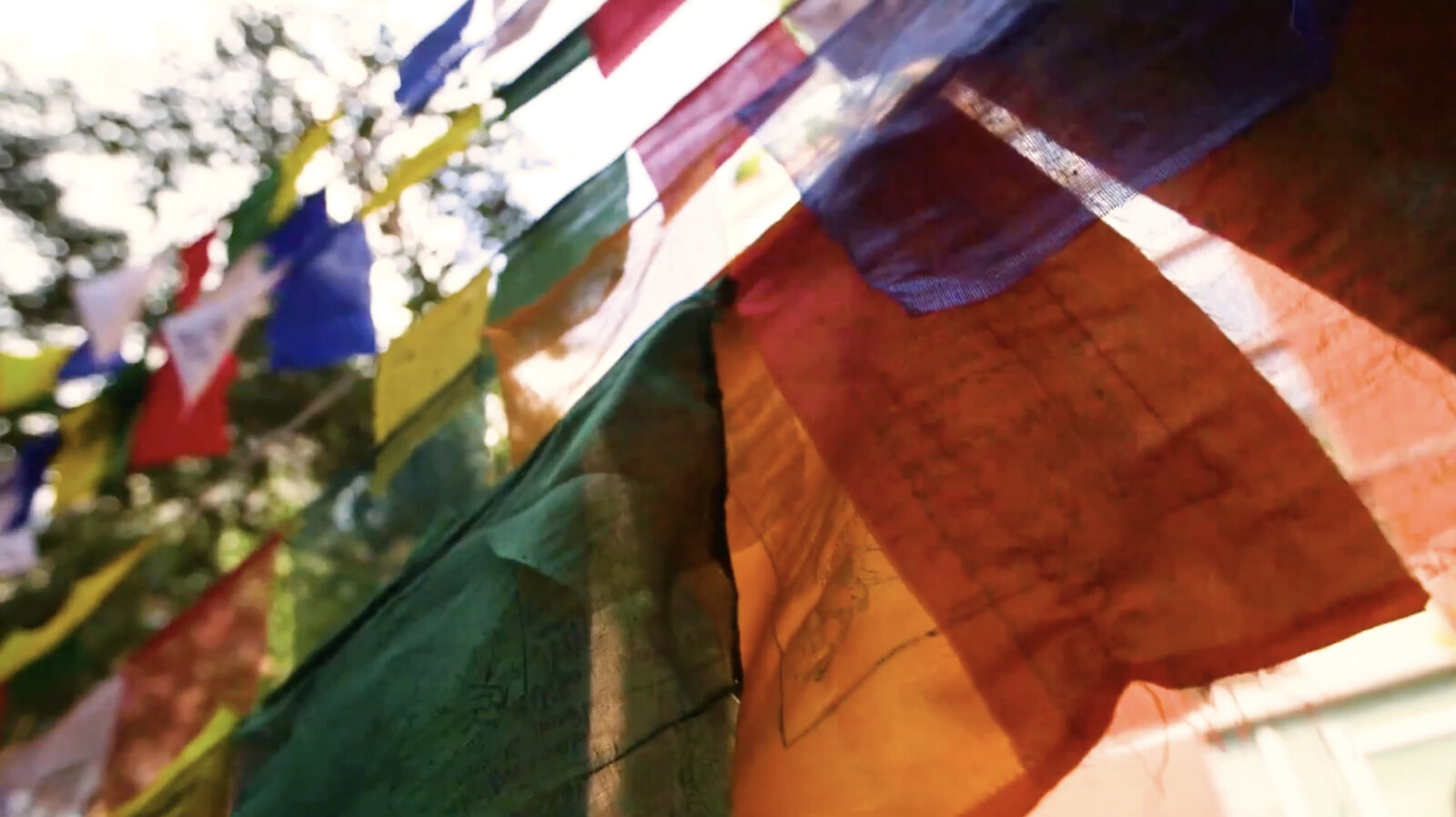


As the Rubin Museum of Himalayan Art celebrates its 20th anniversary, it ushers in a new chapter as a global museum without a singular physical space that presents Himalayan art and its insights through traveling exhibitions, partnerships, participatory experiences, and a dynamic digital platform.
Hear from Executive Director Jorrit Britschgi, co-founder Shelley Frost Rubin, curator Elena Pakhoutova, and artist Tsherin Sherpa, among others, who share their excitement for the opportunities that lie ahead and reflect on the transformation of the Museum from its founding until today.
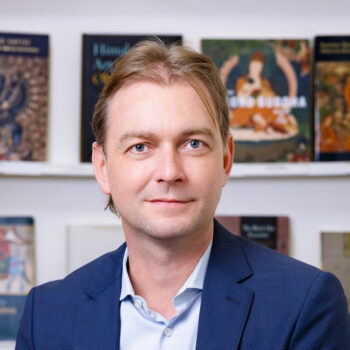
Jorrit Britschgi has served as the Rubin Museum’s Executive Director since 2017. Before joining the Rubin, he served as Head of Exhibitions and Publications at the Museum Rietberg in Zurich, Switzerland, where he was manager of the exhibitions program and curated numerous exhibitions. Mr. Britschgi also served as publisher of Artibus Asiae, one of the leading scholarly journals in Asian art and archaeology, for over a decade.
Jorrit Britschgi graduated from Zurich University with an MA in art history and Sinology (2005) and a PhD, with highest honors, in East Asian Art History (2009). Besides his research activities, he’s taken part in archaeological excavations in Eastern China and Bhutan, and curated numerous exhibitions on paintings from the Indian Himalayan region. Mr. Britschgi has received grants from federal and private foundations to pursue his studies and research. He is a 2017 alumni of the Getty Leadership Institute, and shares his expertise in an advisory capacity with other museums and individuals.
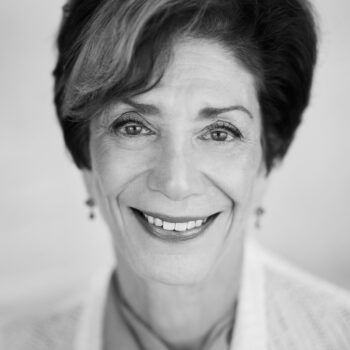
Shelley Frost Rubin is the Cofounder and Chair of the Rubin Museum. Her and her husband Donald Rubin’s joint passion for Himalayan art led to their decision to create the Rubin Museum, which opened in 2004. A philanthropist and cultural leader who believes that art and cultural enrichment have the power to change lives in straightforward, practical ways, Ms. Rubin created A Blade of Grass (ABOG) in 2011 to provide resources to artists who demonstrate artistic excellence and serve as innovative conduits for social change. ABOG seeks to expand the relationship between art and life and create new audiences for art. Ms. Rubin is Cochair of the Shelley & Donald Rubin Foundation, which believes in art as a cornerstone of cohesive, resilient communities and greater participation in civic life. The Foundation supports arts and cultural organizations through grants to catalyze collective action, promote equality, contribute to advocacy and policy change and develop capacity for greater civic engagement. She is a Board Member of Human Rights Watch, Life Trustee of Thirteen/WNET, Trustee Emeritus of the Tibetan Buddhist Resource Center, and an Honorary Board Member of the Interfaith Center of New York.
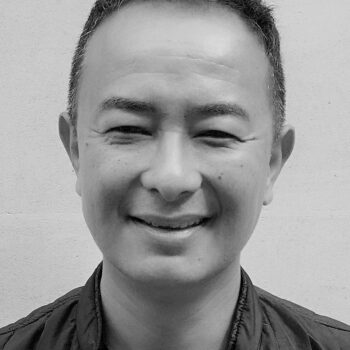
Tsherin Sherpa was born in Kathmandu, Nepal, in 1968, and currently lives and works between California and Nepal. From the age of 13, he was trained in traditional Tibetan thangka painting by his father, Master Urgen Dorje. In 1998, Sherpa immigrated to California, where he taught traditional thangka painting until he began to explore his own style, drawing on the visual vocabulary of thangka painting to create artworks that incorporate Buddhist iconography and pop-culture references. His works offer an interplay and juxtaposition between sacred/secular, traditional/contemporary, and settlement/movement. Sherpa’s practice stems from his personal experiences within the Himalayan diaspora, as well as the nomadic history of Himalayan peoples. Sherpa has participated in numerous exhibitions in Asia, Europe, and the US, including representing Nepal for its inaugural participation at the Venice Biennale in 2022. His works are in major museum collections. In February 2022, the Virginia Museum of Fine Arts presented his first museum, mid-career retrospective.
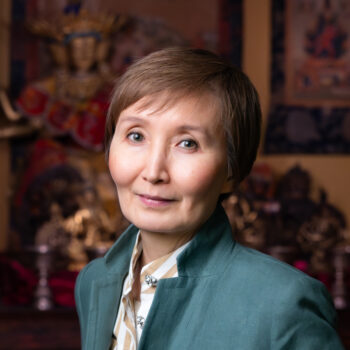
Elena Pakhoutova is senior curator, Himalayan art, at the Rubin Museum of Himalayan Art and holds a PhD in Asian art history from the University of Virginia. She has curated several exhibitions at the Rubin, including Death Is Not the End (2023), The Power of Intention: Reinventing the (Prayer) Wheel (2019), and The Second Buddha: Master of Time (2018). More →
Get the latest news and stories from the Rubin, plus occasional information on how to support our work.